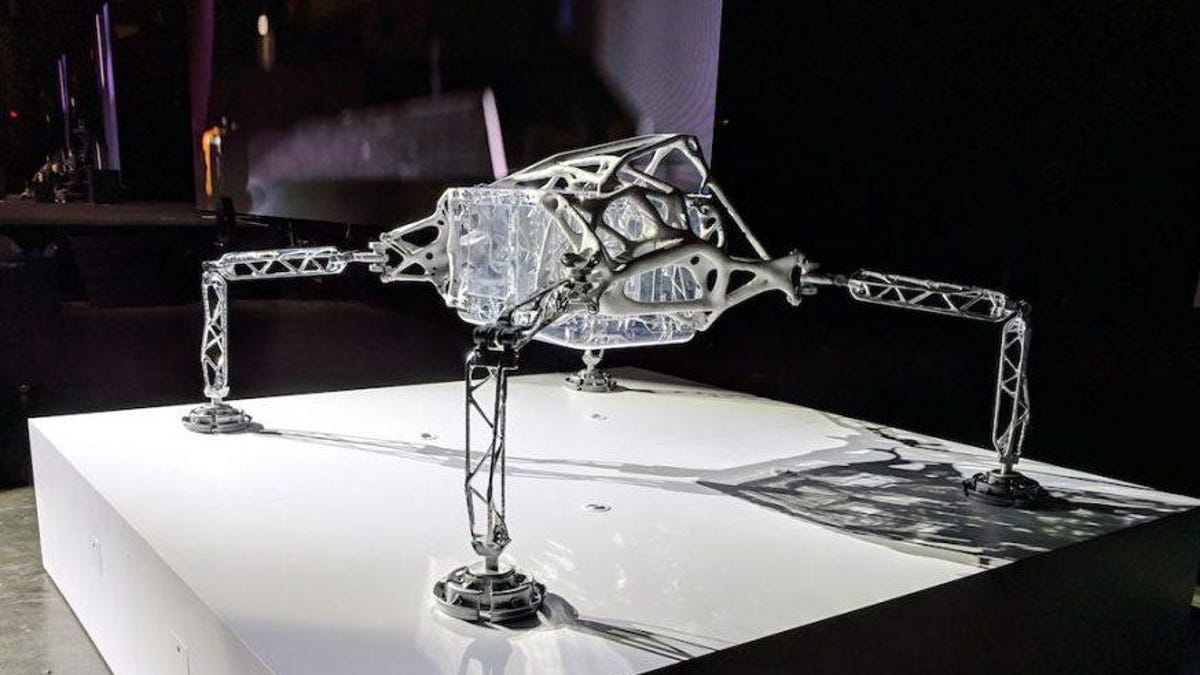Insect-like lander could be the future of space exploration
NASA's Jet Propulsion Lab and Autodesk team up for a wild lander designed to explore strange new worlds.
You wouldn't accuse NASA's current crop of practical Mars landers and rovers of looking beautiful or exotic. A new type of lander envisioned by software company Autodesk and NASA's Jet Propulsion Laboratory is both gorgeous and wild.
Autodesk applied its expertise in generative design technology to the challenge of creating a lightweight but strong lander that could be deployed to worlds beyond Mars in the search for life in the solar system. NASA has its eyes on distant moons around Jupiter and Saturn, including the fascinating Enceladus.
Autodesk says the generative design approach mimics evolution in nature. "Designers or engineers input design goals into generative design software, along with parameters such as materials, manufacturing methods and cost constraints," the company says. The software can quickly develop design options and learn from its own work.
The concept lander created by the Autodesk and JPL collaboration has four legs and an an organic-looking body and looks like a science-fiction movie prop. The team used 3D printing, CNC milling and casting to create a physical model of the lander.
The lander design might not leave Earth anytime soon. "For now, the application of generative design is still officially considered a developmental research project within JPL," Autodesk says.
The concept lander made its public debut on Tuesday at the Autodesk University conference in Las Vegas.


